The Perks and Perils of Reupholstering Old Furniture
Those of you who follow me know that I am a passionate advocate of acquiring fabulous furniture finds near Dumpsters, on roadsides or by religiously haunting thrift stores. Vintage furniture — even when discovered in a less-than-optimal condition — is often far better constructed than new, and can contribute the style and flair that tends to be missing in today’s average furniture.
Of course, there are perils in reupholstering an old piece of furniture. I recently read about a woman who found a classic little sofa by the side of the road and put it in her bedroom. Two months later she awoke to find a python struggling to extricate itself from the underside of said sofa.
That story has caused me to take a second look at free upholstered pieces! But it’s not the only challenge to consider when giving new life to old furniture.

I mean, really, where in a contemporary furniture store are you going to find a piece with the impact of this vintage settee? (My son currently has his great-grandmother’s settee in his bedroom, but not for long … this picture has inspired me to reclaim it.)

Older pieces also offer a different kind of seating comfort than the squishy, deep style that is popular right now. It can, for example, be very difficult to find classic upright wing chairs like these in furniture stores. In my years as a retail designer, I would often surreptitiously steer clients to thrift stores when older family members wanted a nice, straight-back upholstered chair that was both firm and easy to get in and out of.

When you discover that this sensational sofa was a $30 Craigslist purchase, you may conclude that used furniture is the only way to go.
Now comes the caution part.
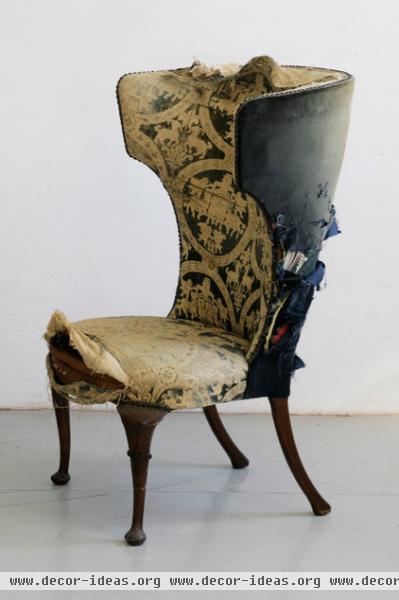
First of all, getting your marvelous vintage find from this …
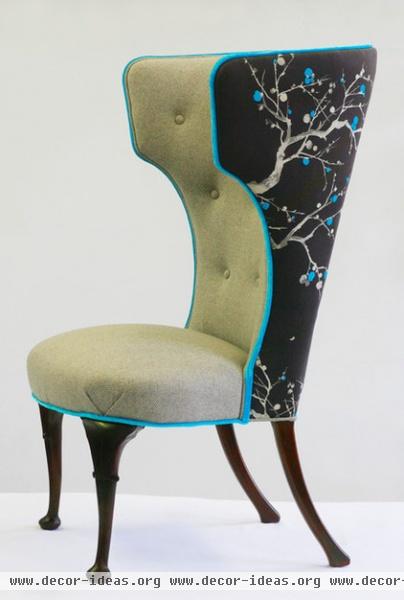
Grayson Chair … to this can be fraught with financial peril. Even if you are a DIY maven, reupholstering is a dirty, labor-intensive, physically demanding endeavor that also requires a good amount of tailoring skill. Certainly, you can take a class at your local community college, but even then you have to factor into your investment the cost of fabric and upholstery supplies.
More stunning chair makeovers
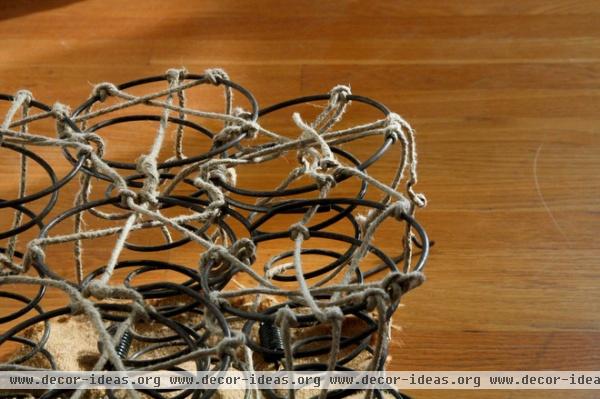
The total cost for reupholstering depends on the type of fabric you select, the amount of fabric required and the labor — yours or a professional’s.
Since labor costs vary wildly from area to area and from shop to shop, talk to local upholsterers before you shop for a vintage piece, so you know in advance what your final cost is likely to be. If your find is less than 15 to 20 years old, it’s probably not worth the bother. The quality is just not there on younger pieces, unless it’s a piece from a very high-end name like Baker or Hancock and Moore (to name just two).
When you’re shopping vintage furniture, consider only quality pieces with eight-way hand-tied springs and solid hardwood frames.
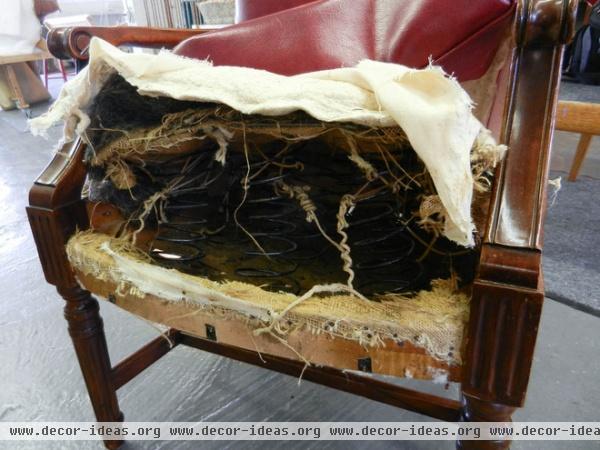
And while you absolutely want to find hand-tied springs in your salvaged piece, you might think twice about a piece in need of this much repair. Also, if the cushions are missing or need a lot of work, save your money.
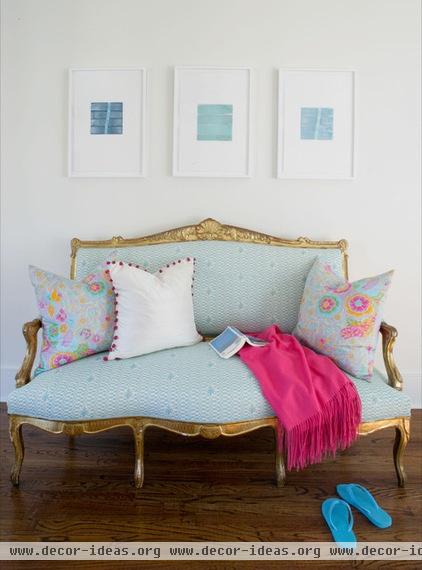
But let’s say you find a perfect piece like this one. Even though you will probably end up spending as much as a new piece would cost to restore it, your investment will have been well worth it. What I am saying here is: Just don’t expect your free chair to stay free. Unless you happen to find the perfect piece in the perfect fabric in serviceable and clean condition (and if you do — go buy a lottery ticket, quickly!), there are going to be some potentially major costs involved.
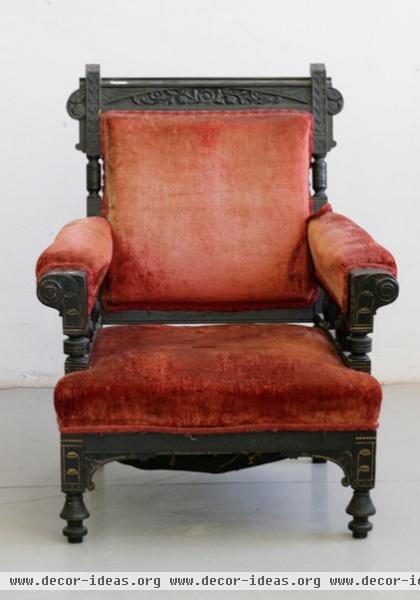
Cost is not your only potential issue with used upholstery. (Remember our python?) Small rodents love to nest in the upholstery materials found in vintage furniture — especially if those pieces have been stored in barns or garages.
I have actually experienced this. A wonderful French-style sofa I rescued and stored turned out to be home to a whole family of cute, but undeniably destructive, mice.
If you think infestation might be an issue, put the piece in your garage and use baited mouse traps near it. Hunger will draw the varmints out.

Unfortunately, rodents are not the only potential upholstery residents you have to worry about. (Get ready for a collective “eewwww.") Bedbugs are a nasty reality these days. Vitian’s Re-Upholstery blog gives excellent advice, which includes always keeping a flashlight and magnifying glass with you when you are scavenging. These disgusting critters hang out on the backs and undersides of cushions and inside joints, seams, creases and screw or nail holes.
What’s the answer to this dilemma? First, quarantine. Unless you are 100 percent certain your fab find is clean and pure, do not bring it into your home immediately. If it’s winter, wrap it in moving blankets or tightly in plastic and take it into the cold. Put the wrapped furniture in an unheated garage or back porch — anywhere where it will be protected from the elements but subject to freezing temperatures. The cold will kill any living insects within 48 hours. If you reside in a very hot climate, three days of 110-degree temperatures will also do the trick.

C Hand Held Fabric Steamer - $40.66 For those of us who live in more temperate climates, start with a thorough vacuuming, keeping an eagle eye out for the telltale small black spots, or reddish streaks or stains, that might indicate bedbugs. If you encounter insects, be sure to empty your vacuum into a plastic bag, seal the bag, and throw it away.
A blast of steam will also do in these critters. If you scavenge for furniture regularly, a hand-held steamer like this one would be a worthy investment. Buy on Houzz

Your used upholstery might be vermin free, but what about odors? If you’re prone to animal allergies, telltale signs of pets having been present may be reason enough to pass on a particular piece. And if pet urine has found its way into the cushions, or if the piece smells musty or smoky, the odor will be very difficult to eliminate. If you decide to forge ahead, check out Houzz’s ideabook on how to deal with stinky furniture. It’s packed full of info on how to deal with those problems.
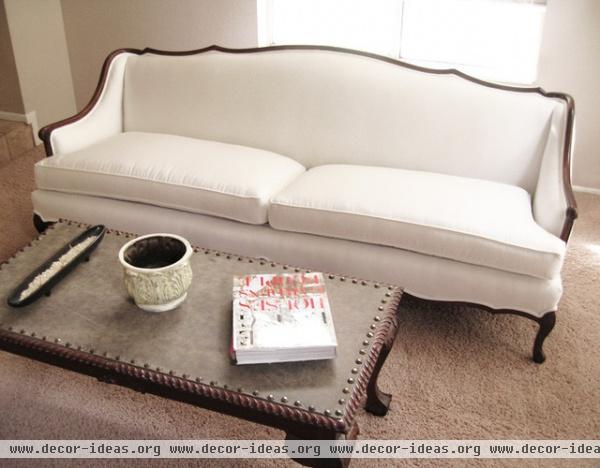
Bottom line? Even though pythons have given me pause, I’m still a lover of — and heartily recommend — found furniture. Its quality, comfort and often unique style make the time and effort worth it. And under the right conditions, it can be a wise budget choice.
Your turn: Tell us about your found or secondhand upholstered furniture, and show us a photo.
More:
How to Work With an Upholsterer
Upholstery tips and DIY projects
8 Ways to Make Old Furniture Look Brand New












